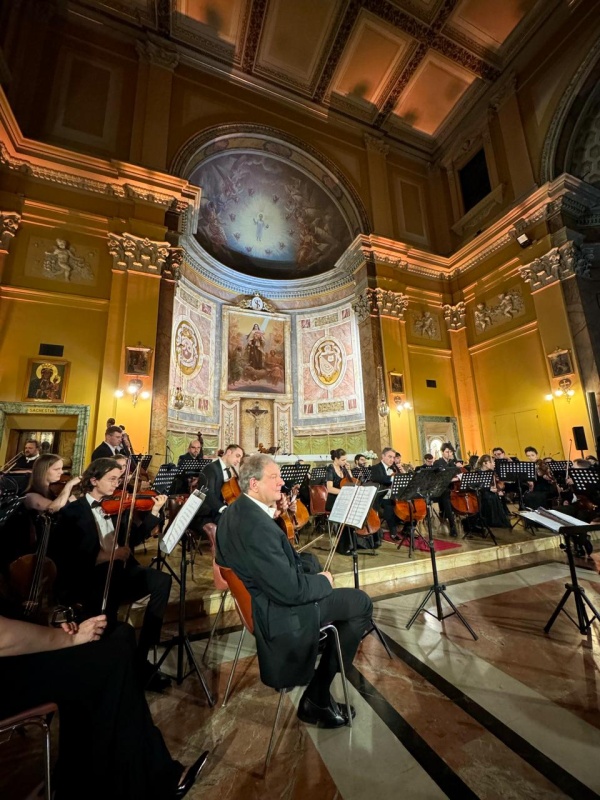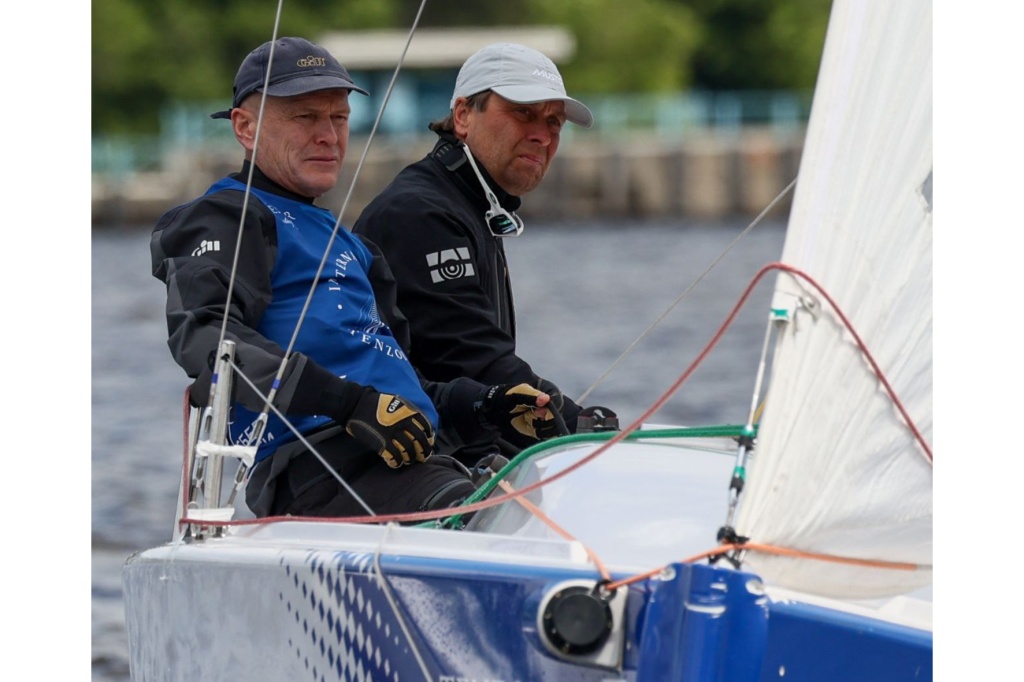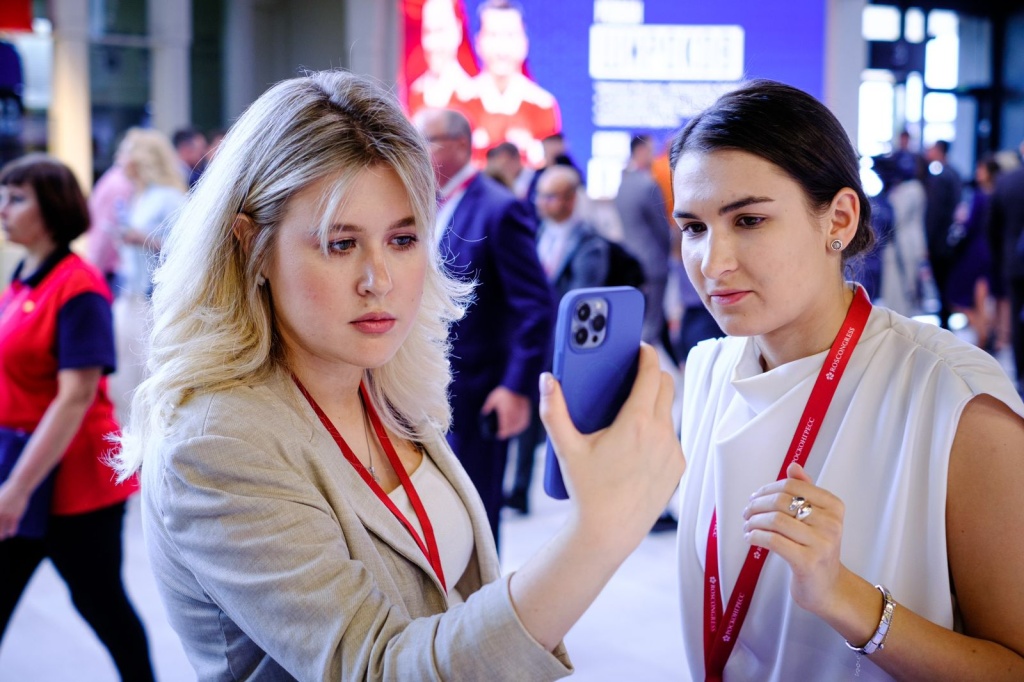
Investments into the Urban Environment
KEY CONCLUSIONS
Creation of comfortable urban environment is one of priorities of the Russian government
“City is a manifestation of the national project. Everyone should get involved and contribute to the comfortability of urban environment. The government began allocating budget funds for these projects. Over these years we are going to spend more than 300 billion roubles on creation of comfortable urban environment. <…> By 2024, we need to ensure that 50% of our cities have comfortable environment,” Vitaly Mutko, Deputy Prime Minister of the Russian Federation.
“In Russia, there are 319 monotowns, 100 of them are in the red zone, where there is no money, there is a closed enterprise, pressure on the labour market, no comfortable urban environment, but people really want to change the life around them. Over the last six months we achieved huge transformations <…> Government handed out grants, but they were very small. That is why a modern urban environment is not necessarily how it is in Moscow <…> In a town with 15,000 or 50,000 people, comfortable urban environment is very different. So there is enough money for everyone,” Igor Shuvalov, Chairman, State Development Corporation "VEB.RF".
“Russia has become a highly urbanized country. 75% of our population live in 1100 cities. It accounts for the vast majority of country’s GDP. The cities are clearly becoming the main format of people’s life in the future,” Alexander Mamut, General Director, Chairman of the Board of Directors, Rambler&Co.
“A citizen should buy not just square metres, but also an environment,” Alexander Beglov, Acting Governor of St. Petersburg.
Investments in improvement of urban environment foster economic development and tourist appeal
“The number of restaurants and cafes grew by 50%, the number of summer cafes increased twofold. Capitalization of buildings that were situated on territories of enhanced renovation of public spaces grew by 20 to 30 times. In general, the number of retail points in Moscow has almost doubled. All these expenses were compensated long ago due to the growth of tourist flow and business,” Sergei Sobyanin, Mayor of Moscow.
“We achieved the synergy of various transformations, and, as result, a pretty high-quality space in Moscow. European cities have been creating such space throughout their history. We had to do that in a few years <…> we got a space where millions of people came to celebrations and festivals, or just to walk around the city,” Sergei Sobyanin, Mayor of Moscow.
PROBLEMS
Inertia in residential construction approaches
“We continue, as it used to be in the Soviet times, building residential districts using pretty much the same urban architecture as 20, 30 or 50 years ago. The quality of buildings is changing, but the approaches to construction unfortunately remain basically the same. Now we are trying to change the structure of housing development, but it is a very complicated process, especially if the city has already been built,” Sergei Sobyanin, Mayor of Moscow.
Insufficient involvement of architects in decision-making
“The competence of Strelka Institute is based on the fact that there are no architectural schools in the region, no status of chief architect, this status is not there. Most governors do not know the name of the chief architect <…> This is the question of managerial decisions that on the system level are only made in Moscow,” Sergey Kapkov, Head of the Centre for Culture Economy, Urban Development and Creative Industries Research, Faculty of Economics, Lomonosov Moscow State University.
SOLUTIONS
Comprehensive approach to territory development
“Speaking of new construction, we have to double it and in five years create a third of housing fund; so there is no question we cannot do that without comprehensive territory development and territory renovation,” Vitaly Mutko, Deputy Prime Minister of the Russian Federation.
Training architects
“Last year we launched a training programme called “Architect of Russia”; 105 people have already gone through the training. Forty of them are now holding positions of architects in various small towns <…> and this year we are launching another batch of 100 people,” Vitaly Mutko, Deputy Prime Minister of the Russian Federation.
Implementation of digital technologies
“Electronic services and digitalization seem very important to me. It is not only about safety, surveillance systems, face recognition systems, it is also consortium of museums, unified services, when you can receive many discounts from restaurants and hotels to your gadget just walking through the city. I think there is a huge potential there,” Anton Alikhanov, Governor of Kaliningrad Region.
“In future cities citizens will focus on urban services <…> and remotely receive information about them,” Bertrand Camus, Chief Executive Officer, SUEZ.
Use of international experience
“We carried out a massive research on global standards: standards of environment, of design of residential quarters, buildings and apartments. These things are closely interconnected. Apartment layout is largely defined by building layout, and building layout – by quarter layout,” Alexander Plutnik, Chief Executive Officer, DOM.RF.
“Usually, every 10–12 years a new master plan is created <…> and this is a great opportunity to reflect the progress that the city and the world as whole have achieved,” Marco Bucci, Mayor of Genoa.
For more information, visit the Roscongress Foundation's Information and Analytical System at roscongress.org/en








